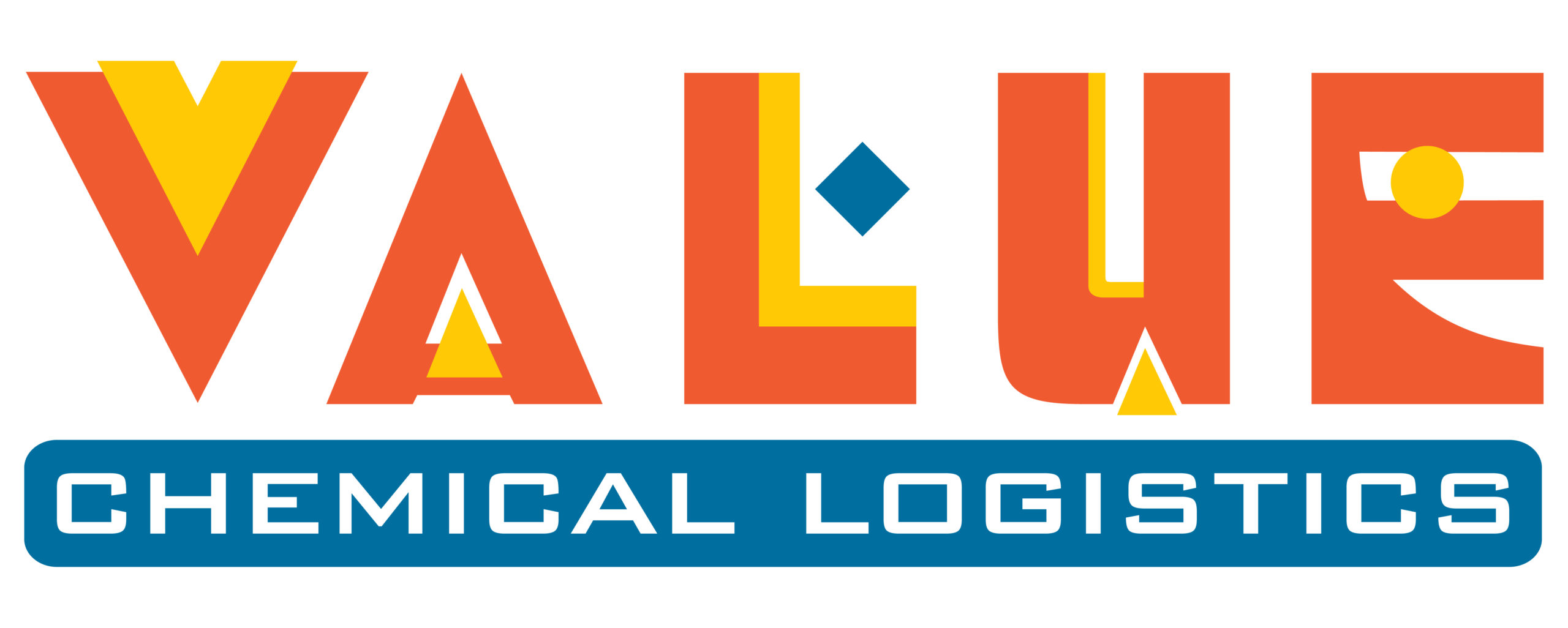Hazardous Goods & Substances Regulations & Compliances in South Africa
Value Chemical Logistics is ISO certified and strictly adheres to the compliance regulations regarding warehousing and transporting dangerous goods and hazardous chemicals and waste as set out in National Environmental Management Act, Hazardous Substances Act & Occupational Health and Safety Act.
National Environmental Management Act (Act No.107 of 1998)
The National Environmental Management Act authorizes DEA to prohibit or control certain substances or chemicals that pose threat to the environment and human health. So far, only Asbestos and PCBs are currently prohibited by the following 2 subsidiary regulations under the Act.
-
- Regulations for the Prohibition of use, manufacturing, import and export of asbestos and asbestos containing materials, GN R341 of 2008
- Regulations to phase out the use of Polychlorinated Biphenyls (PCBs) materials and Polychlorinated Biphenyl (PCB) contaminated materials, GN R549 of 2014
Hazardous Substances Act (Act No.15 of 1973)
Hazardous Substances Act is probably the most important chemical regulation in South Africa. It controls the production, import, use, handling and disposal of hazardous substances. Under the Act, hazardous substances are defined as substances that are toxic, corrosive, irritant, strongly sensitising, and flammable and pressure generating under certain circumstances and may injure, cause ill-health or even death in humans.
Hazardous substances are classified into 4 groups (see below). Anyone who intends to sell or distribute group I hazardous substances must apply for a license from health authority first.
-
- Group I: industrial chemicals (IA) and pesticides (IB)
- Group II: 9 classes of wastes excluding Class 1: explosives and class 7: radioactive substances
- Group III: electronic products and group
- Group IV: radioactive substances
The list of group IA hazardous substances is listed below.
-
- Aluminium phosphide;
- Arsenic and its salts;
- Antimony potassium tartrate;
- Antimony sodium tartrate;
- Barium and its salts except barium sulphate;
- Cantharidin;
- Cyanides of potassium and sodium;
- Other poisonous cyanide substances, preparations and admixtures containing or yielding the equivalent of one-tenth per cent or more of hydrocyanic acid;
- Fluoroacetic acid (mono), its salts and derivatives;
- Hydrocyanic acid;
- Lead acetate;
- Mercuric ammonium chloride;
- Phosphorus, yellow;
- Strychnine;
- Thallium;
- Zinc phosphide;
- Carbon tetrachloride (added by Government Notice R1705 of 1995)
- Leaded paint (added by Government Notice R801 of 2009)
Occupational Health and Safety Act (OSHA)
The Hazardous Chemical Substances Regulations of the OSHA requires employers to comply with occupational exposure limits and communicate chemical hazard info to workers through free safety data sheets that are compliant with ISO 11014 or relevant national standards.
Reference and Resource
